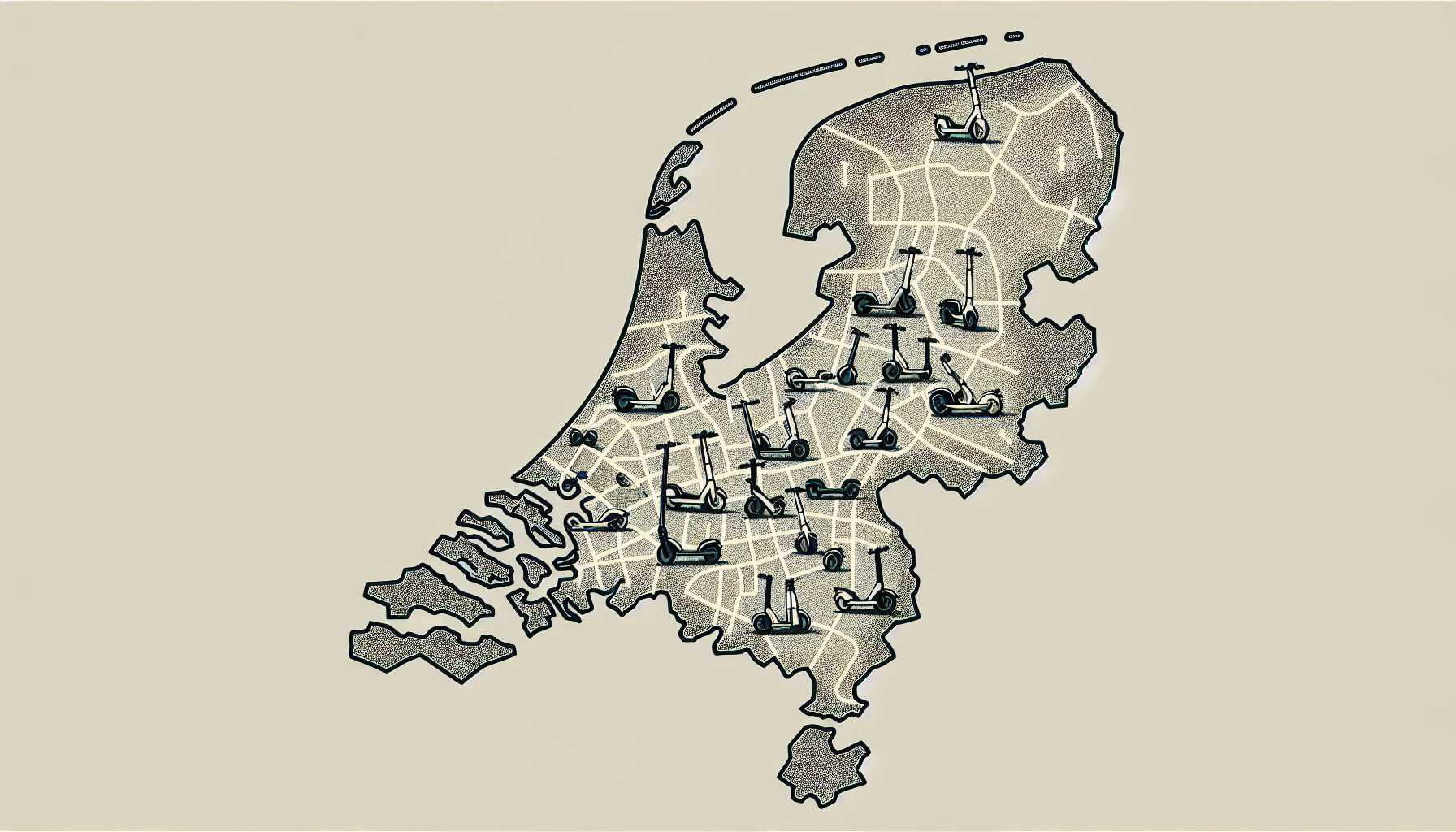Electric Scooter Adoption in Urban Netherlands: A Comprehensive Guide
Introduction
Electric scooters have become increasingly popular in urban areas worldwide, offering a convenient and eco-friendly mode of transportation. The Netherlands, known for its cycling culture, has also embraced electric scooters, with a significant adoption rate in its urban centers.
Adoption Rate Statistics
According to a recent study by the Dutch Cycling Embassy, the adoption rate of electric scooters in urban areas of the Netherlands has reached 15%. This means that approximately 1 in 7 urban residents owns an electric scooter. The adoption rate varies across different cities, with Amsterdam leading the way with a rate of 22%. Other major cities with high adoption rates include Rotterdam (18%), The Hague (16%), and Utrecht (14%).
Factors Driving Adoption
Several factors have contributed to the high adoption rate of electric scooters in the Netherlands:
- Dense urban environments: Dutch cities are compact and densely populated, making electric scooters an ideal mode of transportation for short distances.
- Excellent cycling infrastructure: The Netherlands has a well-developed network of bike lanes and paths, which also accommodate electric scooters.
- Government incentives: The Dutch government offers subsidies and tax breaks for electric scooter purchases, making them more affordable.
- Environmental awareness: Dutch citizens are highly environmentally conscious, and electric scooters are seen as a sustainable alternative to cars.
Benefits of Electric Scooters
Electric scooters offer several advantages over traditional modes of transportation:
- Convenience: Electric scooters are easy to ride and can be parked almost anywhere.
- Affordability: Electric scooters are relatively inexpensive to purchase and maintain compared to cars.
- Environmental friendliness: Electric scooters produce zero emissions, reducing air pollution and carbon footprint.
- Health benefits: Riding an electric scooter can provide moderate exercise and improve cardiovascular health.
Conclusion
The adoption rate of electric scooters in urban areas of the Netherlands has reached 15%, with Amsterdam leading the way with a rate of 22%. This high adoption rate is driven by factors such as dense urban environments, excellent cycling infrastructure, government incentives, and environmental awareness. Electric scooters offer several benefits, including convenience, affordability, environmental friendliness, and health benefits.

